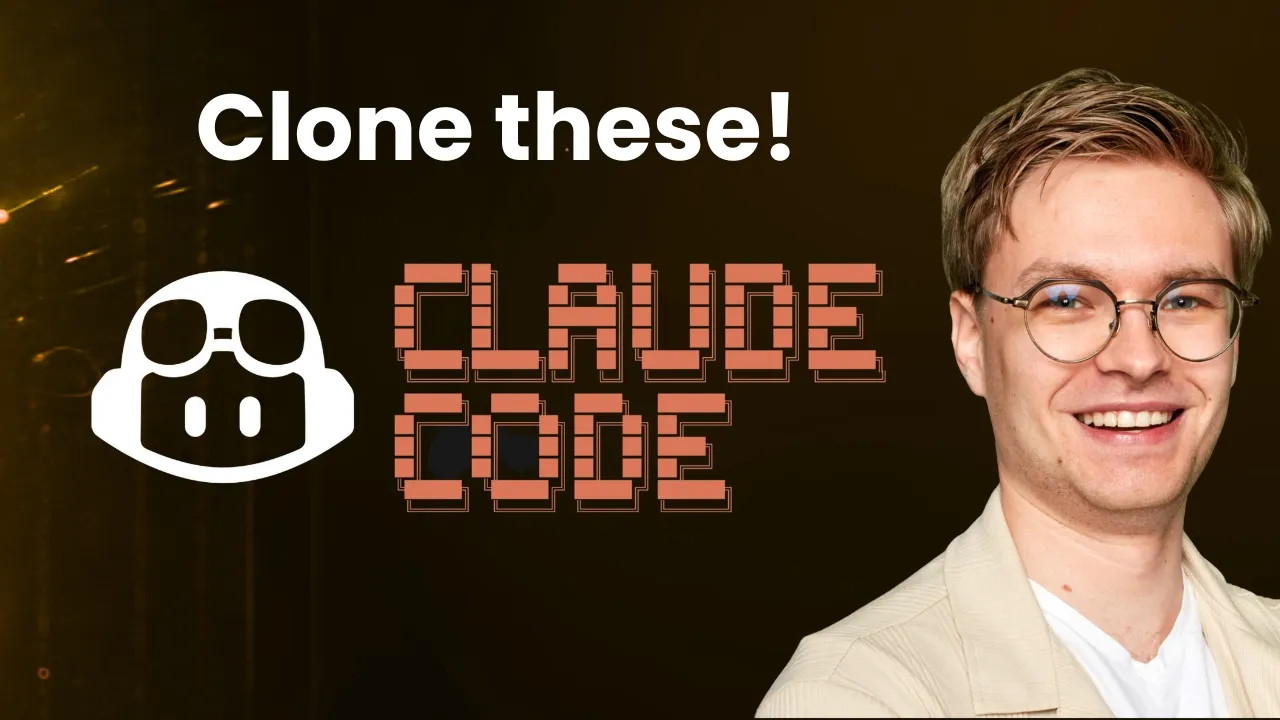Future Proof AI Learning with Living Codebases
The half-life of technical knowledge keeps shrinking. What you learn about AI development today might be outdated by next quarter. Traditional education methods—books, courses, even documentation—can’t keep pace with this acceleration. But there’s a learning approach that not only keeps up with change but actually benefits from it: learning from living systems.
The Obsolescence Problem
Every technical book starts becoming outdated the moment it’s printed. Every recorded course begins its slow drift from relevance the day it’s published. This isn’t a flaw in these materials—it’s an inherent limitation of static content in a dynamic field.
The problem is particularly acute in AI development. Frameworks evolve monthly, best practices shift quarterly, and entirely new paradigms emerge yearly. By the time educational content goes through the traditional creation and distribution pipeline, it’s teaching yesterday’s approaches to tomorrow’s developers.
This is why professionals transitioning to AI engineering need learning strategies that adapt to change rather than static knowledge acquisition.
Living Systems as Teachers
Production codebases are different. They’re living systems that must evolve or die. When a new capability emerges, these systems integrate it. When a better pattern is discovered, they refactor to use it. When old approaches become problematic, they’re replaced. This constant evolution makes them perfect teachers for a constantly evolving field.
Consider how Claude Code has evolved since its release. Early versions had different architectural patterns than current ones. By studying the current codebase, you’re learning from all those iterations of improvement. You’re seeing the result of real-world testing and refinement, not theoretical design.
Real-Time Learning Benefits
When you anchor your learning to active repositories, you’re automatically subscribed to the latest developments. You don’t have to wonder if what you’re learning is current—if it’s in a production codebase serving millions of users, it’s current by definition.
This real-time aspect extends beyond just staying updated. You can actually observe evolution happening. Watch how major AI tools adapt to new model capabilities, integrate new features, or refactor existing systems. This gives you insight not just into what current best practices are, but how they emerge and evolve.
Developing Evolutionary Thinking
Learning from living systems teaches you to think evolutionarily about technology. Instead of learning fixed solutions, you learn how solutions evolve. Instead of memorizing current best practices, you understand why practices change and how to recognize when they need to change.
This evolutionary thinking is perhaps the most valuable skill you can develop. Technologies will continue to change, but the patterns of how they change remain remarkably consistent. Understanding these patterns lets you anticipate and adapt to changes rather than being surprised by them.
Skills That Scale with Change
When you learn by investigating production systems, you develop skills that actually become more valuable as technology accelerates. Your ability to quickly understand new codebases, recognize architectural patterns, and extract principles from implementations improves with practice.
These investigation and analysis skills compound over time. Each system you study adds to your pattern recognition abilities. Each architecture you understand expands your design vocabulary. Unlike specific technical knowledge that depreciates, these meta-skills appreciate with technological progress.
This approach is particularly valuable when building AI applications where you need to understand how production systems handle real-world complexities.
Building Adaptive Expertise
Traditional learning often aims for completeness—mastering a fixed body of knowledge. Learning from living systems builds something different: adaptive expertise. You become skilled not at knowing all the answers, but at quickly finding and understanding answers in evolving systems.
This adaptive expertise makes you antifragile to technological change. New frameworks don’t intimidate you because you know how to investigate and understand them. Breaking changes don’t derail you because you’ve seen how systems evolve to handle them. You’re prepared for futures you can’t predict because you’ve developed the skills to learn from whatever emerges.
The Continuous Learning Framework
Learning from living systems naturally creates a continuous learning framework. There’s no graduation, no point where you’ve “finished” learning. Instead, you’re constantly exposed to new patterns, solutions, and possibilities as the systems you study evolve.
This continuous exposure keeps your knowledge fresh without conscious effort. You don’t need to set aside time to “update your skills”—it happens naturally as you work with and learn from current systems. Your expertise grows organically with the field rather than requiring periodic painful updates.
Practical Implementation
The beauty of this approach is its immediate practicality. You don’t need to wait for the perfect course or the comprehensive book. You can start today by picking any successful AI tool with open-source components and beginning your investigation. Each exploration builds your capability to learn from the next one.
Start with systems that interest you or relate to what you want to build. Use AI tools to help you understand complex codebases faster. Focus on understanding patterns and principles rather than memorizing implementations. Build projects that apply what you learn, creating your own living systems that evolve with your understanding.
For those building a portfolio of such projects, following a comprehensive AI engineering portfolio strategy ensures your work demonstrates the adaptive expertise employers value most.
For a concrete demonstration of how to implement this future-proof learning approach using real AI codebases, watch the full video tutorial on YouTube. I show you exactly how to use living systems as your curriculum and AI as your investigation accelerator. Ready to build learning skills that grow stronger as technology advances? Join the AI Engineering community where we embrace continuous learning through living systems and support each other’s growth in this rapidly evolving field.

